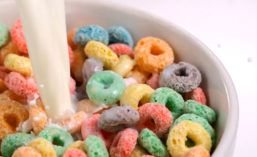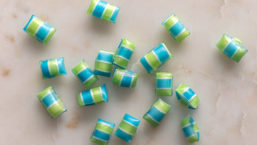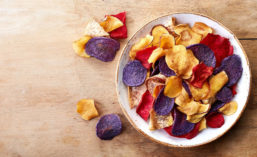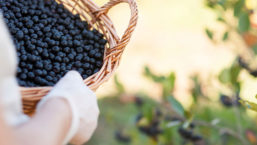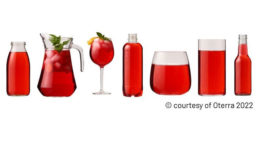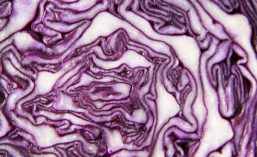Home » Keywords: » anthocyanin
Items Tagged with 'anthocyanin'
ARTICLES
Product developers identify cutting edge solutions to modern color formulation challenges
Read More
Formulating with Color in Confectionery Applications
Ensuring high pigment concentration from the starting material begins with precise cultivation techniques
February 22, 2023
Bright, Natural Colors for Snacks Attract and Deliver on Novelty, Nostalgia, and Clean Label
In 2022 and beyond, food brands and product developers will need to create sweet and salty snacks with vibrant colors and cleaner ingredient lines
July 27, 2022
Symrise: Health Actives
Symrise introduces aronia extract and aronia juice powder
May 11, 2022
Oterra: New Red for Beverages
Oterra introduces new natural beverage alternative for Red40
January 25, 2022
New Cyan Blue Food Color Obtained from Red Cabbage
Researchers converted anthocyanin blue from a tiny fraction of red cabbage extract into a primary product
April 14, 2021
